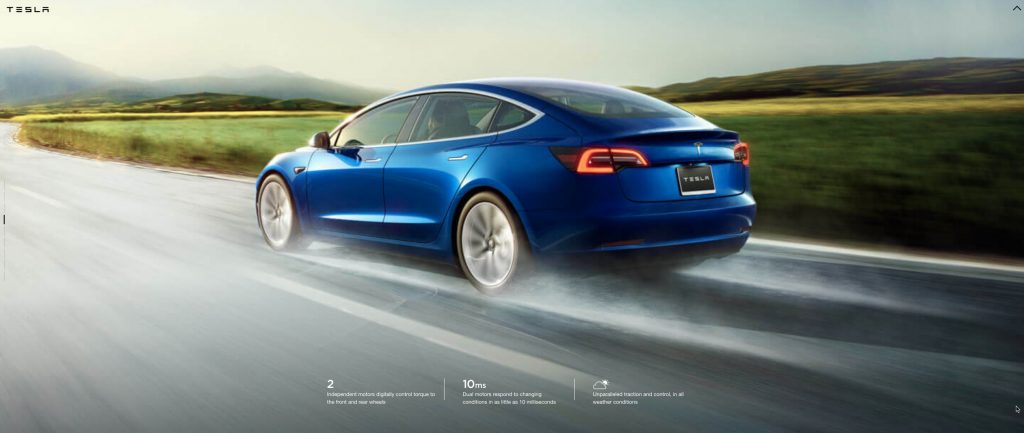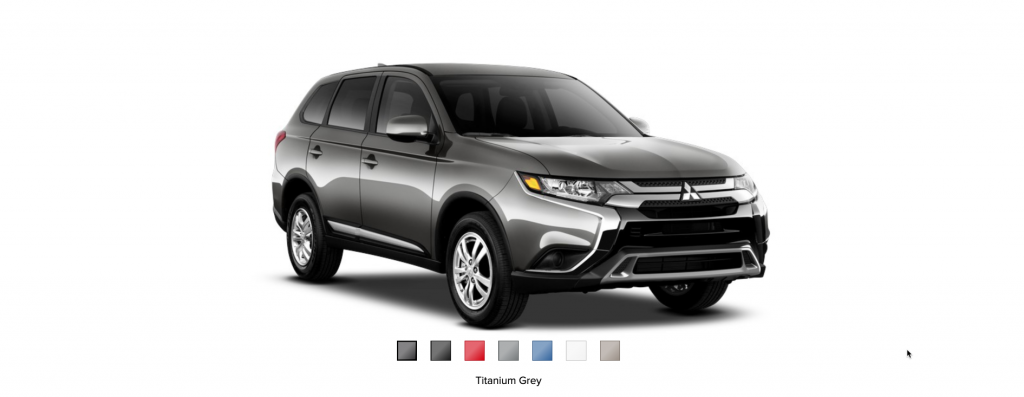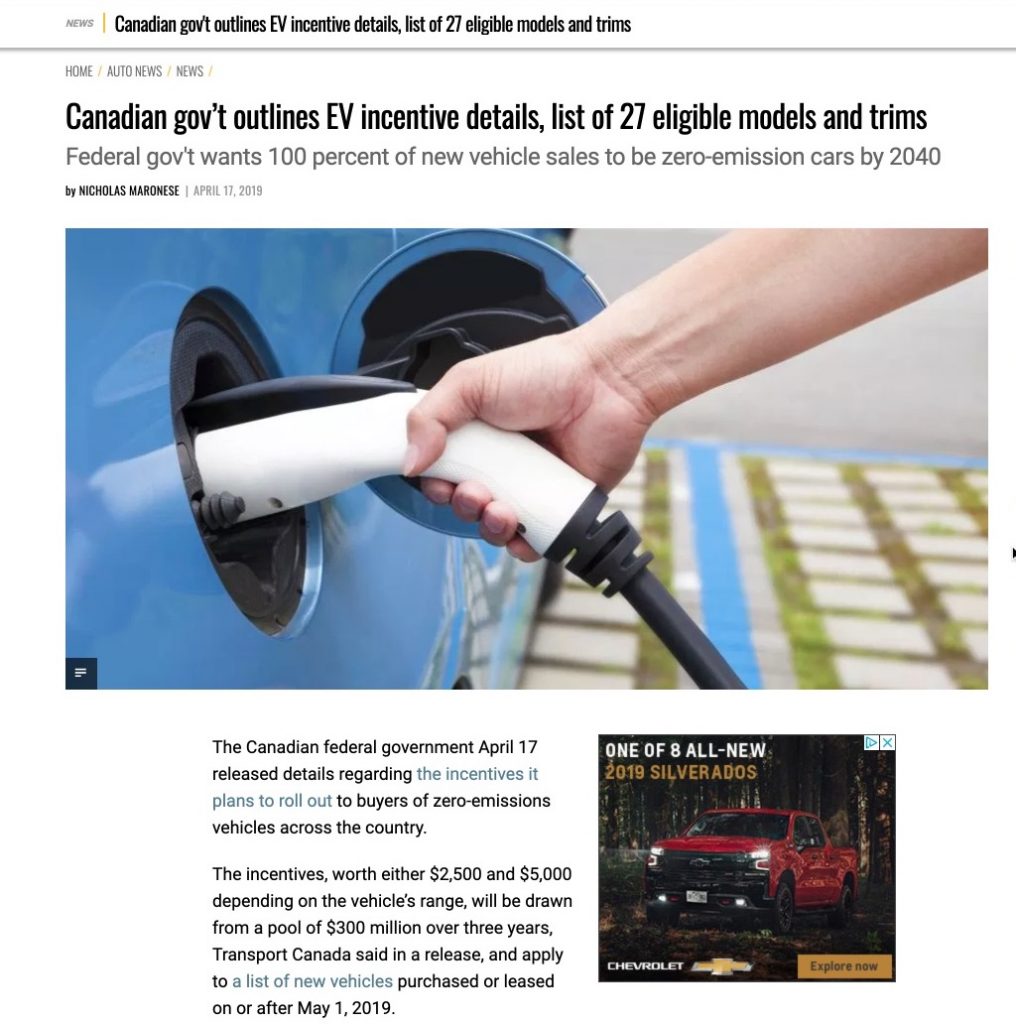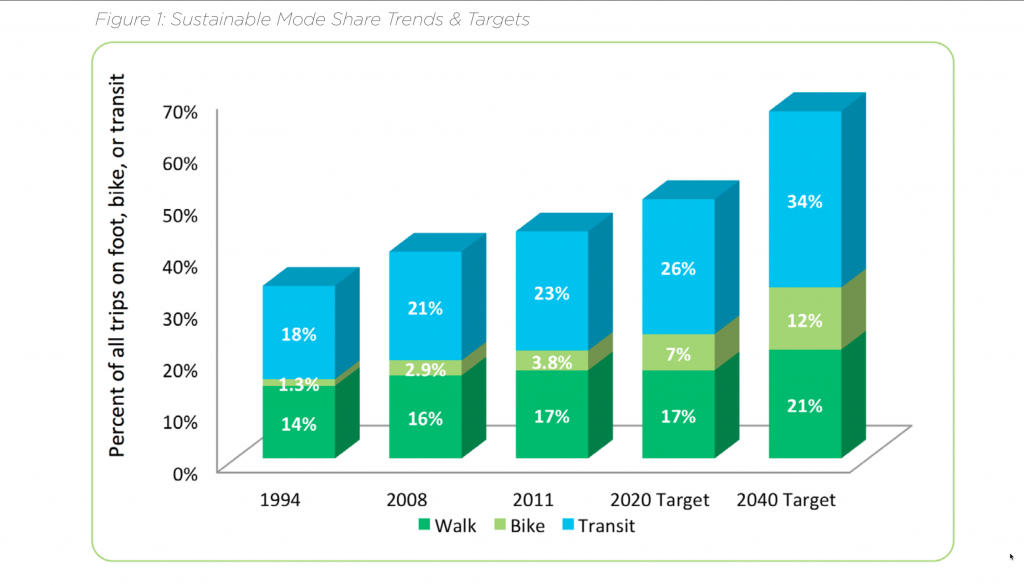By David Dodge and Scott Rollans

BC’s Matthew Klippenstein has his finger on the pulse of electric vehicles in Canada.
His obsession began innocently enough, seven years ago. “So, our family bought a plug-in hybrid in fall 2012. And, as you do, I was kind of curious: who else was buying these things?”
Klippenstein began with a little internet research, and soon found himself collecting and compiling every bit of data he could find—and sharing it all online. He launched Canada EV Sales, and populated it with spreadsheets—including, among other stats, which EV models were selling in Canada, and how many.
These days, Klippenstein is recognized as a leading expert in Canada’s EV scene. He contributes articles to Green Car Reports and the National Observer, and works as an EV advisor with Plug-In BC, an initiative of the non-profit Fraser Basin Council. “Our organization helps administer electric vehicle infrastructure rebates for workplaces and apartments condos townhomes that kind of thing.”

Canadian EV sales reach 2%
EV sales in Canada are still just a drop in the bucket, says Klippenstein. “Last year there were about 44,000 Zero Emission Vehicle Sales electric vehicle sales in Canada. That’s about two per cent of the market.” Even so, he senses some significant new momentum. “That was an increase from about 18–19,000 a year before.”
Canada’s current best-selling EV is the Tesla Model 3, which is pushing 10,000 in total sales—including roughly 7,000 in 2018. “And then the Nissan Leaf a bit less than 6,000, and the Mitsubishi Outlander plug in hybrid, which was about 6,300 or so sales,” says Klippenstein.

As an SUV, the Outlander marks a new trend in the North American market. It suggests a shift away from the small sedans that initially dominated the EV category, and towards utility vehicles and trucks.
Norway car sales 69% electric

Although EVs still represent a small niche in the Canadian market, Klippenstein hopes our country will eventually follow in the footsteps of Norway. A winter nation, like Canada, but one where EVs currently outsell conventional vehicles.
“Norway is a has a has been a fantastic leader in the world of zero-emission transportation,” Klippenstein observes. “Most recently in the month of March plug in electric vehicles were 69 per cent of the market.”
Norway’s EV sales have benefited from a long history of government incentives. In Canada, EV buyers have enjoyed only a few localized incentives—until now.
Canada launches new federal incentives
“So, the federal government, on March 1st, its incentive program began,” says Klippenstein. “That program offers incentives of up to $5,000 for zero-emission vehicles—battery electric vehicles, plug in hybrids, fuel cell vehicles—whose manufacturer’s suggested retail price for the bottom trim starts at less than $45,000.
In effect, the incentive motivates manufacturers to produce affordable base consumer models, while allowing them to charge extra for luxury extras. Previous EV rebates have sometimes looked like subsidies for rich people. The new federal program brings EVs closer to the reach of everyday consumers—especially once you factor in the lower fuel and maintenance costs.

The momentum may be further boosted by local initiatives. Vancouver, for instance, has declared a climate emergency. They have set a goal to increase active transport—walking, cycling, and transit—to 67 per cent by 2030, up from their already amazing figure of 50 per cent. Along with this, they want 50 per cent of all vehicle kilometres travelled to be in zero-emission vehicles by 2030. “That will be a very big stretch,” Klippenstein admits.
Nevertheless, with greater competition and the emergence of better (and cheaper) battery technology, it’s just a matter of time until EVs reach price parity with combustion vehicles.
Says Klippenstein, “The wonderful thing is that, with this federal incentive, we get closer to that sticker price point.”

